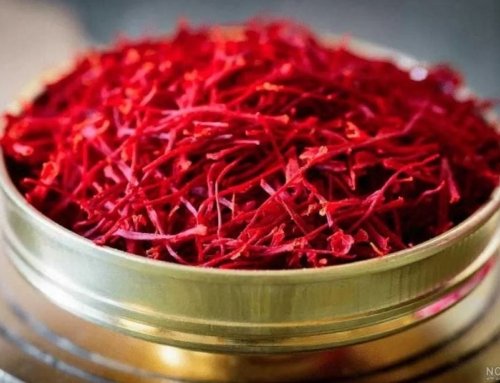 Development of Saffron Cultivation with Futures Contracts
Development of Saffron Cultivation with Futures Contracts
The introduction of saffron futures trading will allow for transparent price discovery through the exchange, helping farmers sell their products at a predetermined price before cultivation begins. This shift will foster investment and the growth of saffron farming. According to Mehr News, market regulators have consistently prioritized the use of modern trading tools. The Commodity Exchange, as the primary platform for transparent and intermediary-free transactions of essential goods, regularly introduces new instruments. In June, saffron futures contracts were launched to establish Iranian saffron as the global price reference.
What Are the Advantages of Saffron Futures Contracts for Traders?
The introduction of essential goods like petrochemical, mining, and agricultural products into the Commodity Exchange has paved the way for new products. Offering these products in the exchange ensures economic transparency, prevents monopolistic practices, and reduces the risk of exploitation. Consumers benefit from easier and more confident purchases, as the involvement of intermediaries is minimized. Futures contracts for saffron, a strategic product for Iranians, began in June. Large saffron buyers often agree on prices with farmers months before harvest. This arrangement gives farmers assurance of a sale and liquidity, although the agreed price may not cover their costs. Futures contracts provide a transparent market price through the exchange, ensuring farmers can confidently sell their product at a set price and plan investments to expand saffron farming.
Last year, saffron exports accounted for 70% of the 336 tons produced. However, without a price reference, pricing is challenging not only in Iran but also in importing countries. Fierce competition among exporters has led to Iranian saffron being sold at lower prices globally. Additionally, the lack of liquidity among producers results in an influx of products onto the market, creating opportunities for exploitation by middlemen.
What Opportunities and Risks Exist in Saffron Futures Trading?
Saffron, an export-driven product that generates foreign exchange, will benefit from price transparency, which encourages producers to maximize profits. With the national currency depreciating against foreign currencies, investors prefer storing saffron, which has a stable export market, over holding cash. Investors expect saffron prices to rise with the September futures contract. This market also reduces the monopoly of a few players, allowing new participants and diversifying motives for trading. Additionally, tax exemptions for exchanges serve as an attractive incentive for investors, promising growing interest in saffron futures. Beyond local traders, foreign customers can participate by receiving a trading code from the Commodity Exchange.
By entering the futures market, saffron farmers can hedge against price declines and sell at the prevailing market rate. To educate producers about futures contracts, a new saffron symbol has been introduced on the Commodity Exchange’s virtual platform.
The Global Impact of Saffron Futures Contracts
By introducing saffron into the Commodity Exchange, Iran positions itself as a leader in saffron price discovery and trading. As the world’s largest saffron producer, Iran is well-positioned to create a stable and transparent global saffron market. With these futures contracts, Iranian producers can influence world prices, ensuring the profitability of saffron farming for years. The exchange platform also facilitates global investor participation, enhancing the international profile of Iranian saffron.
Saffron as a Premium Global Product
The sustainable cultivation of high-quality saffron will help establish Iranian saffron as the gold standard in the global market. By meeting international quality standards, Iranian saffron can dominate the international trade scene, ensuring long-term success for both producers and global consumers.


![Exporting Saffron to Turkey + Price Guide [Complete 0 to 100]](https://www.rowhanisaffron.com/wp-content/uploads/f1-372-500x383.jpg)




Get Social